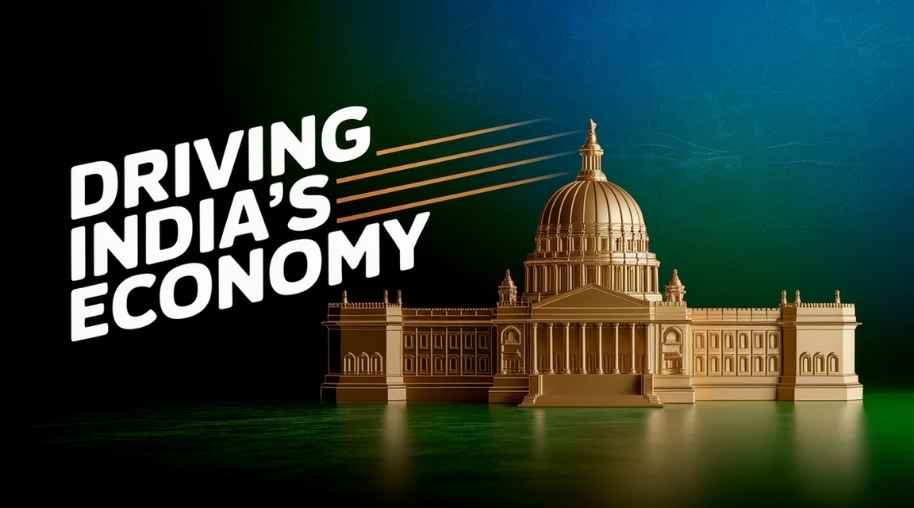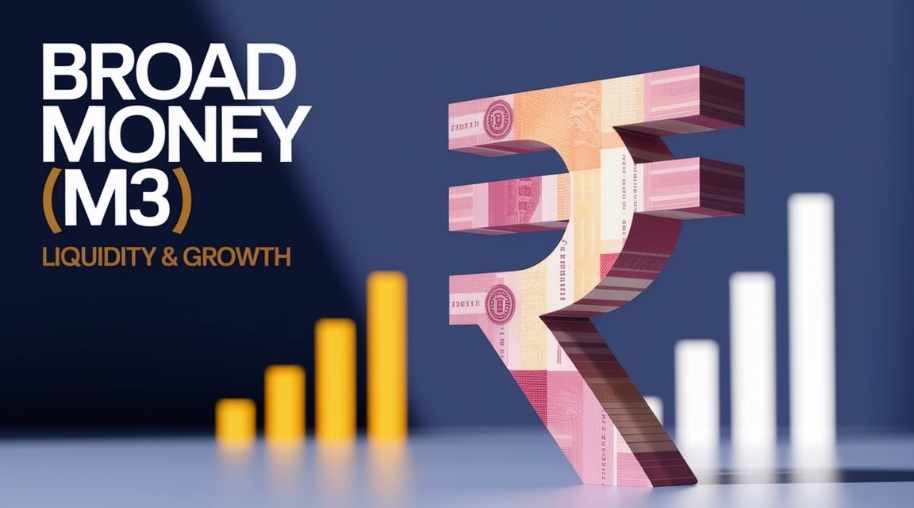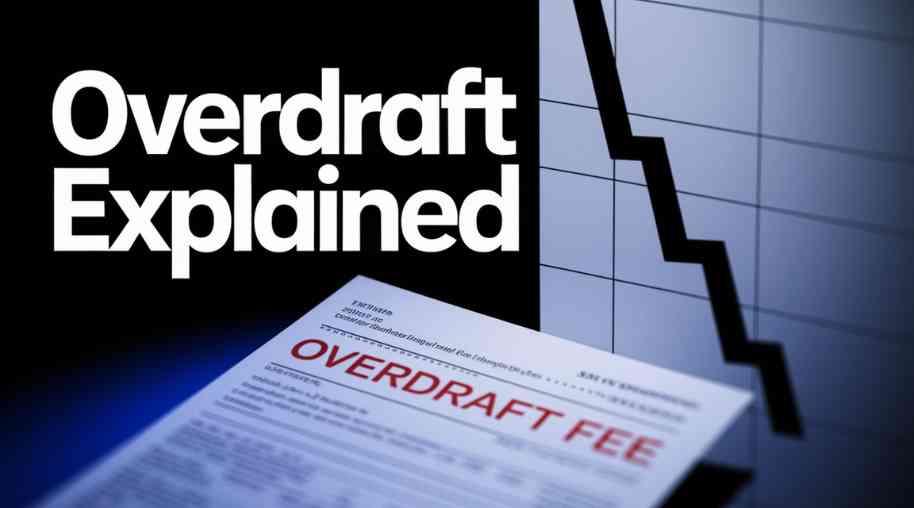MOF Full Form-Ministry of Finance
by Shashi Gaherwar
0 2263
Ministry of Finance: Functions, Departments, and Its Role in Economic Growth
The Ministry of Finance is pivotal in shaping India’s economy by managing government finances, formulating policies, and ensuring fiscal discipline. Its decisions impact businesses, industries, and citizens, driving economic stability.

This article explores the Ministry’s structure, functions, and influence on India’s economic landscape.
Structure of the Ministry of Finance
The Ministry comprises five key departments:
- Department of Economic Affairs (DEA):
- Formulates economic policies and prepares the Union Budget.
- Regulates foreign investments and capital markets.
- Coordinates with RBI, SEBI, and international financial bodies.
- Department of Revenue:
- Manages direct and indirect taxes like GST and Income Tax.
- Oversees customs, excise, and anti-tax evasion measures.
- Works with CBDT and CBIC.
- Department of Expenditure:
- Controls government spending and ensures financial discipline.
- Allocates budget funds and implements expenditure reforms.
- Department of Financial Services (DFS):
- Oversees banking, insurance, and pension reforms.
- Manages PSBs, IRDAI, PFRDA, and financial inclusion programs.
- Department of Investment and Public Asset Management (DIPAM):
- Handles PSU disinvestment and asset monetization.
- Manages government equity in corporations.
Key Functions of the Ministry of Finance
The Ministry’s core functions include:
- Budget and Fiscal Policy: Prepares the Union Budget and sets policies for inflation control.
- Taxation: Manages tax collection via GST, Income Tax, and Excise Duties.
- Financial Regulation: Oversees banking and markets with RBI and SEBI.
- Public Debt: Issues bonds to fund development projects.
- Foreign Investment: Promotes FDI for economic growth.
- PSU Reforms: Enhances efficiency through privatization.
Impact of the Ministry of Finance on the Indian Economy
The Ministry drives:
- Economic Stability: Maintains macroeconomic balance via fiscal policies.
- Employment: Boosts industries and job creation through investment policies.
- Financial Inclusion: Expands access via PMJDY and Mudra Loans.
- Digital Transformation: Promotes UPI and e-Governance for efficiency.
- Crisis Management: Implements stimulus and tax relief during downturns.
Challenges Faced by the Ministry of Finance
Key challenges include:
- Fiscal Deficit: Balancing expenditure and revenue.
- Tax Evasion: Strengthening compliance and simplifying tax laws.
- Global Uncertainties: Managing trade and currency fluctuations.
- Privatization Balance: Ensuring public welfare amid PSU reforms.
Conclusion
The Ministry of Finance is the cornerstone of India’s economic governance, driving financial stability, inclusion, and growth through taxation, budgeting, and reforms. Despite challenges like fiscal deficits and global uncertainties, its strategic policies and digital initiatives pave the way for a robust and competitive economy.
Further Learning Resources
If you’re passionate about building a successful blogging website, check out this helpful guide at Coding Tag – How to Start a Successful Blog. It offers practical steps and expert tips to kickstart your blogging journey!
For dedicated UPSC exam preparation, we highly recommend visiting www.iasmania.com. It offers well-structured resources, current affairs, and subject-wise notes tailored specifically for aspirants. Start your journey today!

Share:








Comments
Waiting for your comments